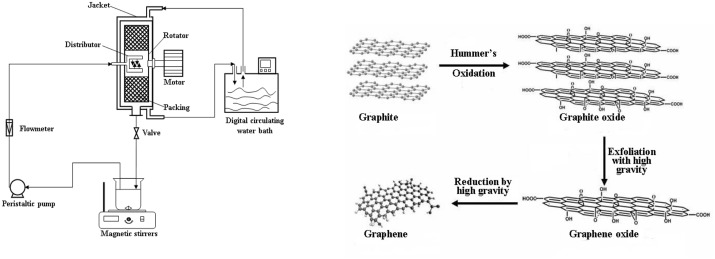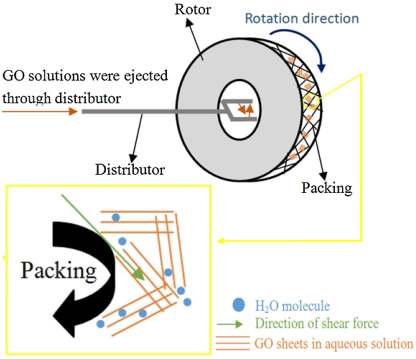Research Interest
Integrating multiple methods and processes, including (homogenous, heterogenous, and electro) catalysis and thermal/thermochemical pathways for the degradation and conversion of fossil resources (coal and oil), biomass (microalgae, lignin, and cellulose), and waste (PFAS, sludge, waste plastics, and human feces) into value-added chemicals and clean fuels.
Developing new reactor systems (e.g., hydrothermal liquefaction, supercritical water gasification, and supercritical CO2 extraction) and new materials (especially non-noble-metal catalysts) for renewable energy and material production.
Understanding the mechanisms of reactions and process intensification methods associated with catalytic conversion of biomass/waste into clean renewable fuels and eco-friendly value-added materials via experimental methods, theoretical methods, and data science. ***
Title 1

Title 2

